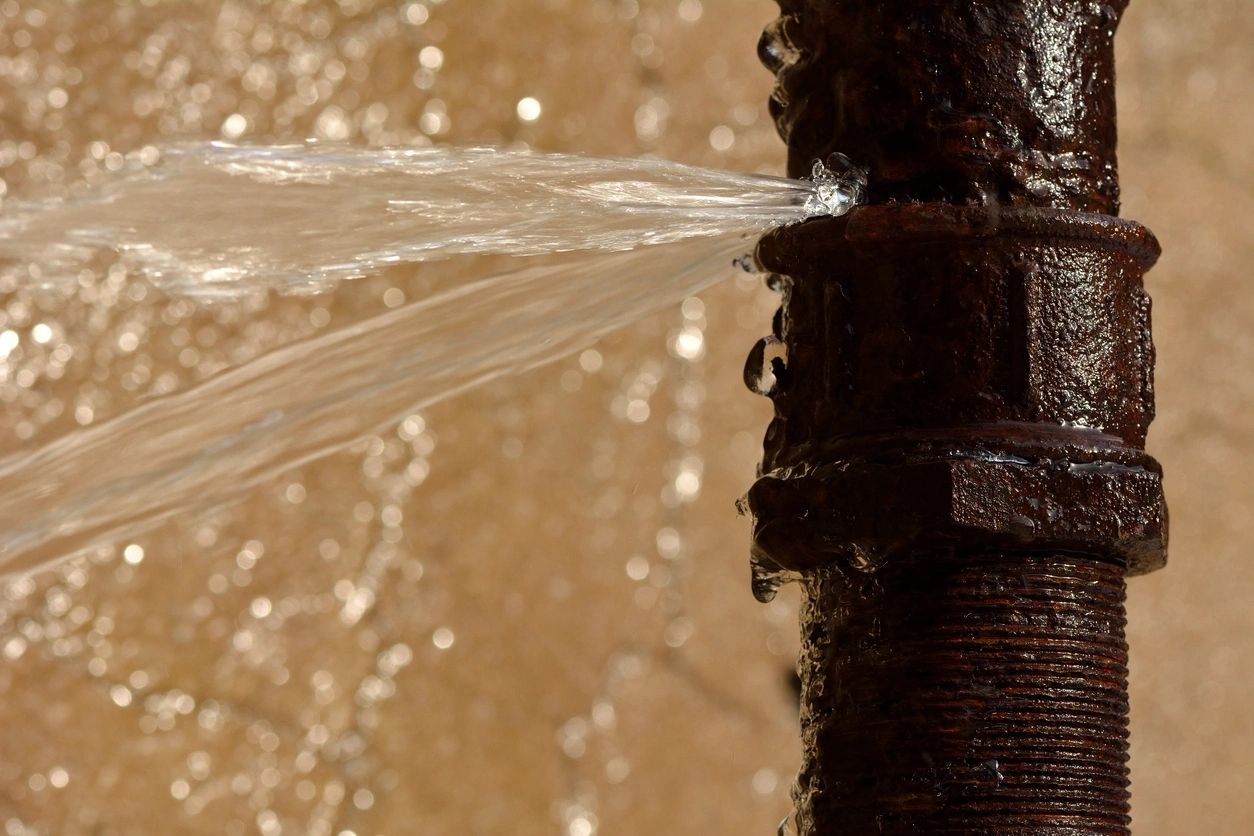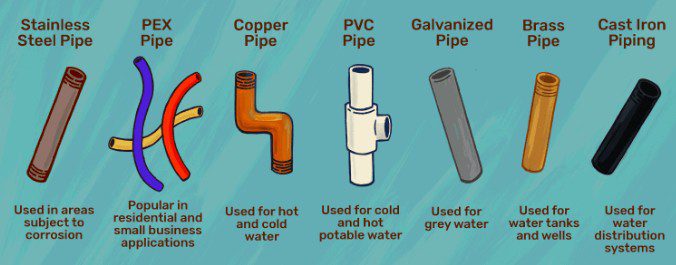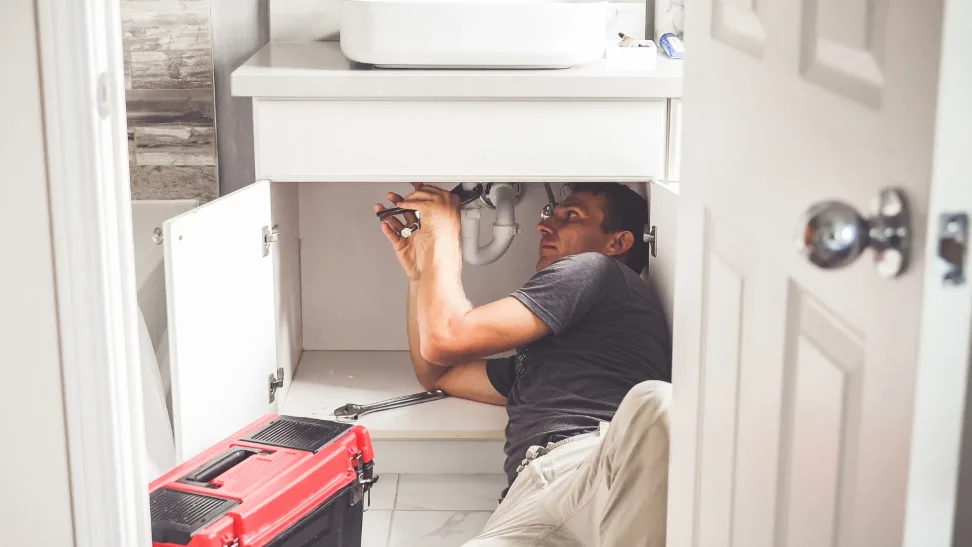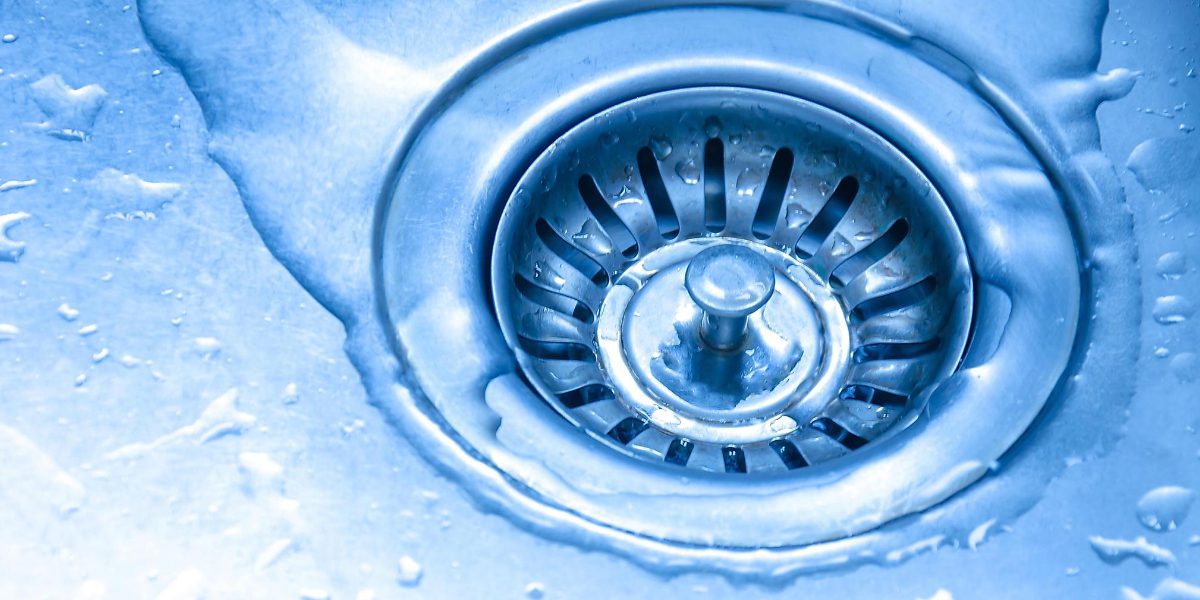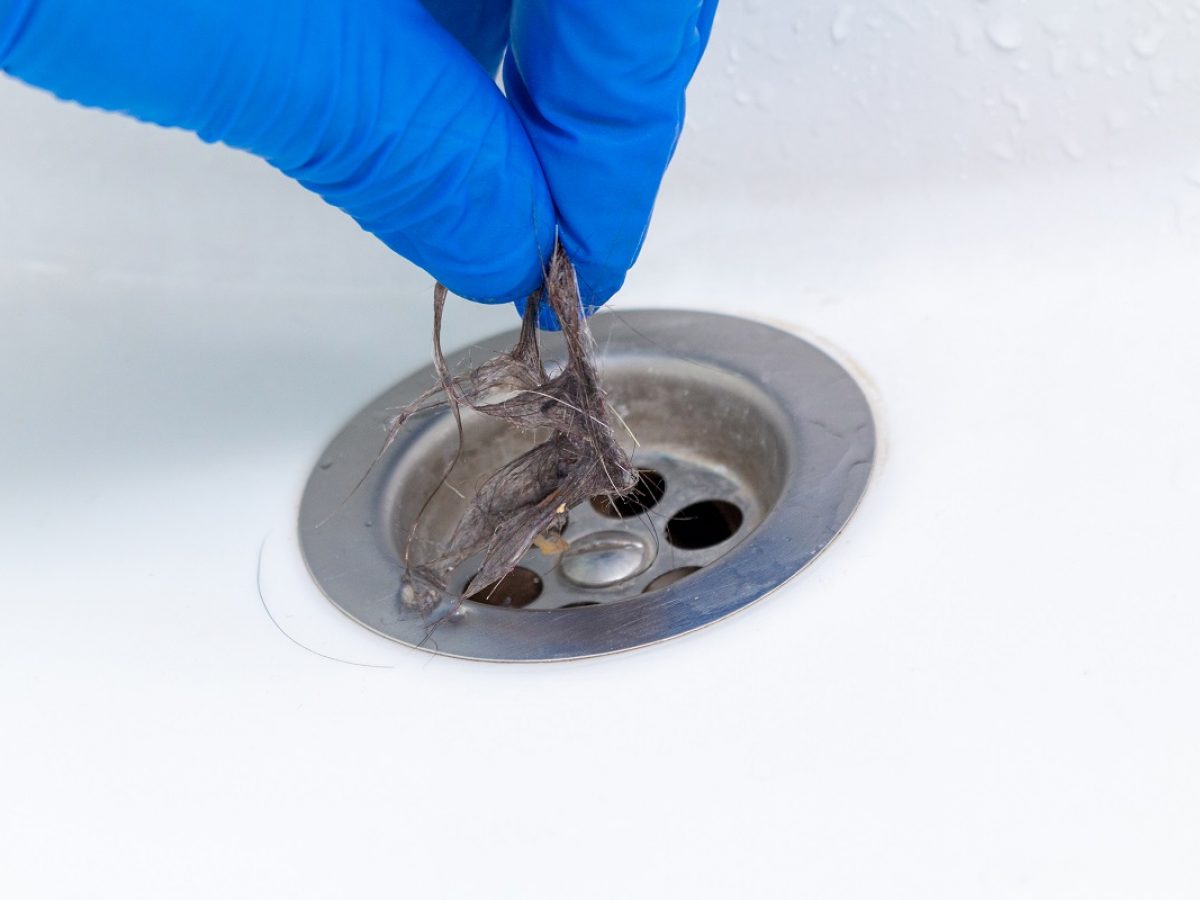The Environmental Impact of Plumbing: Tips for Eco-Friendly Plumbing
The Environmental Impact of Plumbing: Tips for Eco-Friendly Plumbing
In today's world, environmental sustainability is a top priority for many homeowners. Your plumbing system plays a significant role in your household's environmental footprint, affecting water usage, energy consumption, and waste generation. By adopting eco-friendly plumbing practices, you can reduce your impact on the environment while saving money on utility bills. In this guide, we'll explore the environmental impact of plumbing and provide practical tips for implementing eco-friendly solutions in your home.

Water Conservation: Reducing Usage and Waste
Learn how to conserve water in your home by fixing leaks, installing low-flow fixtures, and practicing mindful water usage habits. Discover simple strategies for reducing water waste in the kitchen, bathroom, and garden to lower your water bills and minimize strain on local water resources.
Energy Efficiency: Minimizing Consumption
Explore ways to improve energy efficiency in your plumbing system by insulating hot water pipes, upgrading to energy-efficient appliances, and installing a programmable thermostat for your water heater. By reducing energy consumption, you can lower your carbon footprint and contribute to a cleaner, greener environment.
Sustainable Materials: Choosing Wisely
Consider the environmental impact of plumbing materials when renovating or upgrading your home. Opt for eco-friendly materials such as WaterSense-certified fixtures, recycled-content piping, and sustainable bathroom and kitchen products. By choosing environmentally responsible materials, you can support sustainable manufacturing practices and reduce waste generation.
Rainwater Harvesting: Utilizing a Renewable Resource
Explore the benefits of rainwater harvesting as a sustainable water management solution for your home. Learn how to collect and store rainwater for outdoor use, such as watering gardens, washing cars, and flushing toilets. Rainwater harvesting reduces reliance on municipal water supplies and conserves valuable freshwater resources.
Greywater Recycling: Reusing Water Responsibly
Discover the concept of greywater recycling and how it can help reduce water usage and waste in your home. Learn how to capture and treat greywater from sinks, showers, and washing machines for non-potable uses such as irrigation and toilet flushing. Greywater recycling conserves water and reduces the strain on wastewater treatment systems, contributing to overall water conservation efforts.
Recap
Embracing eco-friendly plumbing practices is essential for reducing your household's environmental impact and promoting sustainability. By implementing water conservation measures, improving energy efficiency, choosing sustainable materials, and exploring alternative water management solutions such as rainwater harvesting and greywater recycling, you can create a more environmentally responsible home. By taking proactive steps to minimize water usage, energy consumption, and waste generation, you can contribute to a healthier planet for future generations.
Thank you for taking the time to read our blog post! We hope you found it insightful and engaging. Your support means the world to us. If you'd like to explore more content, feel free to head back to our main page for a variety of topics to dive into. Alternatively, you can select another post from the list below to continue your journey with us. Happy reading!
How to Detect and Fix Water Leaks in Your Home
How to Detect and Fix Water Leaks in Your Home Water leaks in your home can lead to not only…
Read MoreThe Benefits of Hydro Jetting
The Benefits of Hydro Jetting for Drain Cleaning In the realm of plumbing maintenance, dealing with clogged drains is a…
Read MoreHow to Choose the Right Water Heater for Your Home
How to Choose the Right Water Heater for Your Home Selecting the perfect water heater for your home is a…
Read MoreSigns Your Sewer Line Needs Repair
Signs Your Sewer Line Needs Repair Slow Draining Fixtures: A Telltale Sign Noticeably slow draining fixtures, such as sinks, showers,…
Read MoreUnderstanding Different Types of Pipe Materials
Understanding Different Types of Pipe Materials Welcome to our guide on the various types of pipe materials used in plumbing…
Read MoreDIY Solutions for Minor Plumbing Issues
DIY Solutions for Minor Plumbing Issues Welcome to our guide on tackling minor plumbing issues with DIY solutions. In this…
Read MoreThe Importance of Regular Drain Maintenance
Welcome to our exploration of the critical role regular drain maintenance plays in preserving the functionality and longevity of your plumbing system. In this article, we’ll delve into the significance of proactive drain care, highlighting the benefits it offers and providing practical tips for maintaining clear and efficient drains. Let’s dive in and discover why regular drain maintenance is essential for every homeowner.
Read More10 Common Causes of Clogged Drains and How to Prevent Them
10 Common Causes of Clogged Drains and How to Prevent Them Welcome to our comprehensive guide on preventing clogged drains,…
Read MoreDon’t Overlook Your Storm Drain’s Needs
While the sun shines and the weather stays dry, it’s easy to forget about the storm drain lurking in your…
Read More

